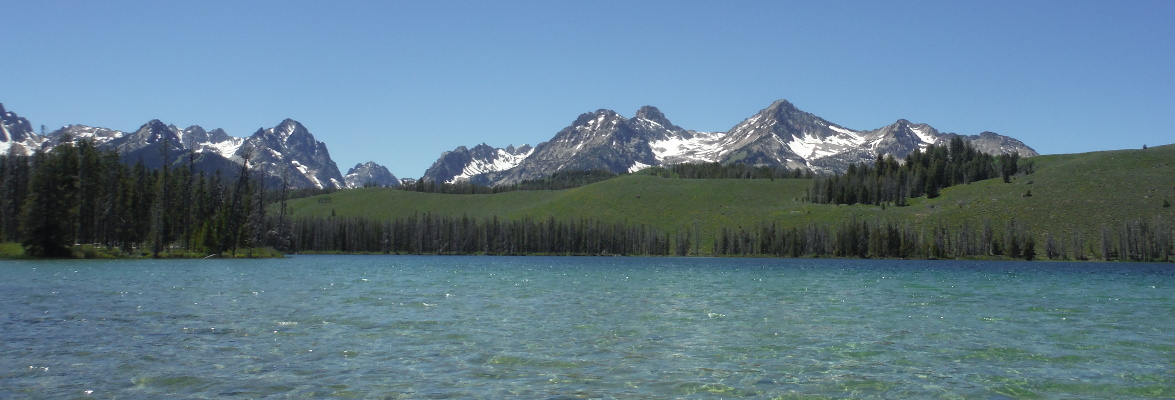Zero2Infinity is a new “space tourism” company that’s taking an interesting and more environmentally friendly approach to getting people high above the earth: balloons! People generally consider space to start 100 km above the Earth’s surface and the balloons need more atmosphere than that to provide the lift so they’re only planning on going 34 km into what they’re calling “near-space.” What’s interesting is all of these space tourism plans do not take people into orbit as you have to go a quite a bit higher than 34 or even 100 km to accomplish that. The ISS is sitting at about 400 km, which for some prospective that’s only about the distance from Boston to Philadelphia, Boise to Salt Lake City, or Seattle to Eugene. (New Scientist)
Hunting Elephants is illegal, however in some South African wildlife preserves their populations are getting far too large. Kruger National Park alone has 15,000 elephants with an estimated sustainable population size of only about 7500. Since they feed the elephants in these parks and they are protected from predators females have no motivation to limit the number of offspring they have. Even though it’s politically unpopular, they will more than likely have to start culling the herds soon. One other option they are looking at is contraceptives. (Scientific American)
Hubble has found a galaxy that’s nearly 12.9 billion light-years away, placing it at only about 750 million years after the Big Bang. This is a small galaxy only about one-fifth the size of the Milky Way and only 1% as massive yet it produces about 100 stars per year where the Milky Way only produces about 70. (Forbes)
A story quite reminiscent of the movie “The Gods Must be Crazy” involves a 6 kg hollow ball that’s just over a meter in diameter falling from the heavens in Namibia. Local authorities are working with NASA and the European space agency to try to identify it. Authorities also apparently googled the phenomena and found several similar objects to have fallen in the last 20 years in Africa, Australia, and Latin American. (AFP)
A German architect has designed a house that follows the sun for effecient use of solar energy. One side of the house would be heavily insulated while the other side would be mostly glass and the roof would also be covered in solar panels. In the winter time the glass front and solar panels would follow the sun to get the greatest heat and electrical benefit from the weak solar rays, but in the summer time the opposite would be true with the insulated side of the house being turned towards the sun so as to block it’s rays. Personally I’m not too sure about the idea of a house that sits on a giant turn-table, but it’s an interesting idea. (Scientific American)
